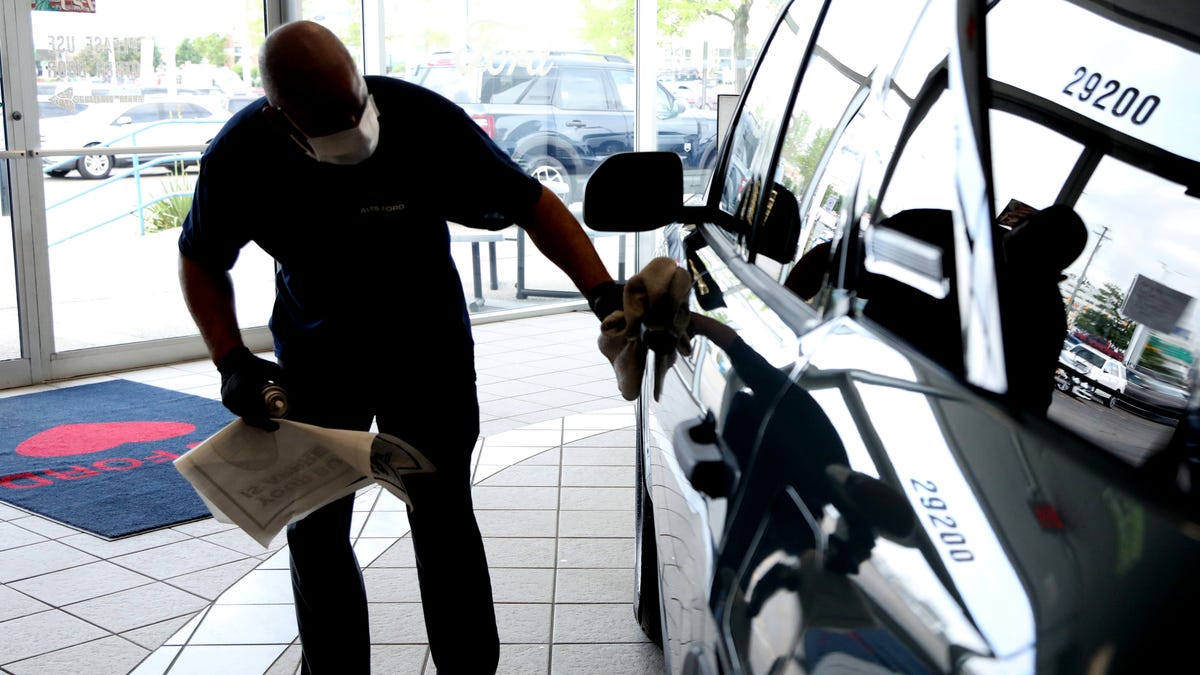Down payments on new vehicles in the last few months dropped to their lowest level in almost four years.
That’s according to a new analysis by car shopper site Edmunds.com.
In the third quarter, the average down payment was $6,020. That compares to $6,433 in the second quarter of 2025 and $6,619 in the third quarter of last year, according to Edmunds.
Ivan Drury, Edmunds’ director of insights, said the change − a drop of $413 in the third quarter of this year compared to the second quarter and $599 less than the same period last year – will be something to monitor.
Drury said he’d need to see more data from upcoming quarters in order to assess the significance, but he said the drop in average down payments paired with other factors is notable.
“It’s definitely a flag of sorts. I wouldn’t call it red. I’d call it yellow,” he said.
Shopping for a luxury car: How much is the cheapest new Mercedes-Benz in 2025?
Consumers aren’t necessarily lowering their down payments because they’ve gotten some special financing deals. Drury said they appear to be making choices based on economic realities, with the cost of living up (inflation ticked up to 2.9% through August) and vehicle prices remaining high (Kelley Blue Book said the average transaction price in August hit $49,077, up from $48,841 in July).
Paired with high interest rates on new vehicle purchases (7% was the average in the third quarter) and long loan terms (22% of financed purchases in the quarter were seven years or more), Drury said consumers are choosing where to spend their money. Edmunds noted that the Federal Reserve’s recent rate cut came too late to have much effect on interest rates for the quarter.
Putting more money down when financing a car means you’ll pay less in interest, which is definitely a plus, but increasing the down payment doesn’t necessarily translate into a huge monthly payment drop. Adding $5,000 to down payments of varying amounts at a 7% interest rate for 72 months saved about $85 per month, according to an Edmunds calculator. While that would be a benefit every month, it might not be enough to offset the challenge of coming up with that extra money on the front end.
But Drury said consumers still have options, according to Drury.
“Given that most people are already dead set on the vehicle that they’re going to buy, and won’t change make or model just for a incentive deal to reduce the APR, the next best thing to do since most people can’t just put thousands more down is to shop their trade in and make sure that they’re getting the maximum value for it. Trade-in values can vary quite a bit and can easily make up the difference in what your down payment could have looked like months ago versus today.”
Eric D. Lawrence is the senior car culture reporter at the Detroit Free Press. If you’ve got a tip or suggestion, contact him at elawrence@freepress.com. Become a subscriber. Submit a letter to the editor at freep.com/letters.












